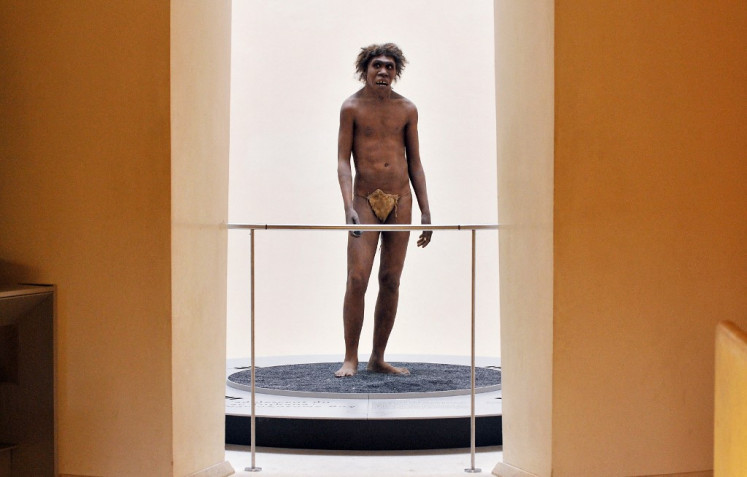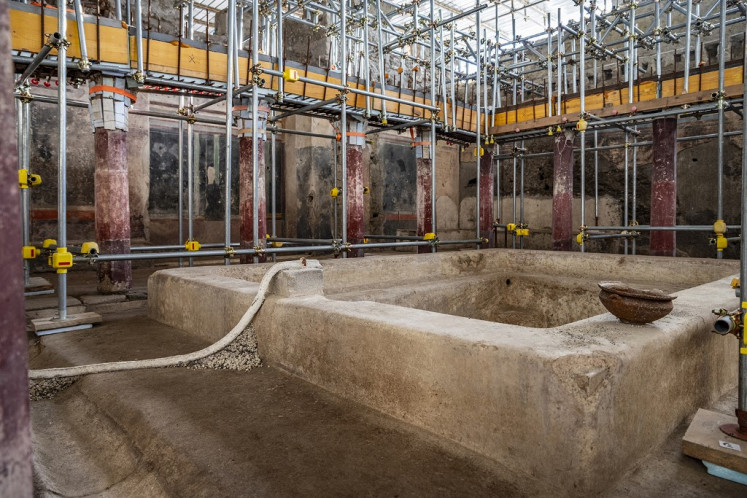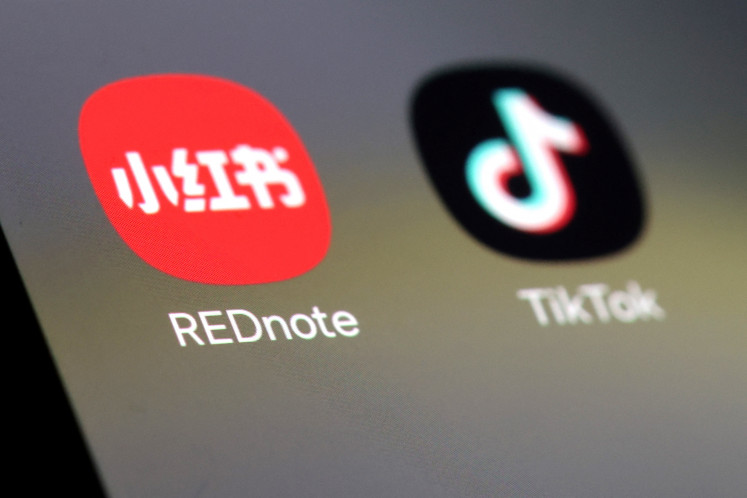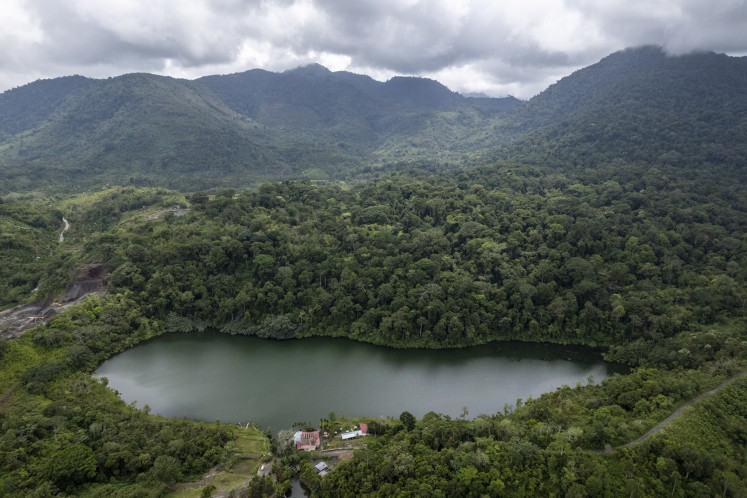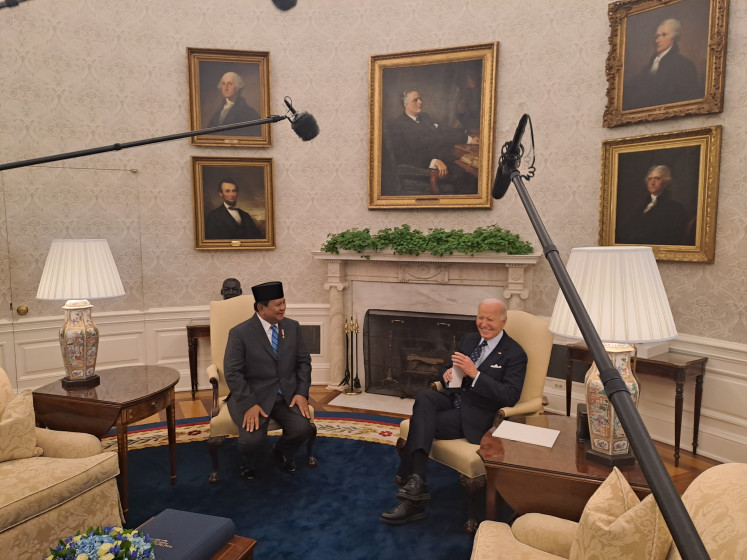Islamic art showcases rich history of brilliant civilization: Louvre director
The Jakarta Post recently talked to Dr. Yannick Lintz, the Islamic Art Department director at the Musée du Louvre in Paris, France, to learn more about Islamic art.
Change text size
Gift Premium Articles
to Anyone
 Nasir Al-Mulk Mosque in Shiraz, Iran, also known as the Pink Mosque. (Shutterstock/-)
Nasir Al-Mulk Mosque in Shiraz, Iran, also known as the Pink Mosque. (Shutterstock/-)
A
monotheist religion that started to develop in the 7th century in the Middle East, Islam since then has spread all around the world, including to Europe and Asia, and left a tremendous art heritage that comes in different forms.
The Jakarta Post recently talked to Dr. Yannick Lintz, the Islamic Art Department director at the Musée du Louvre in Paris, France, to learn more about Islamic art. She recently gave lectures at Sorbonne University in Paris and Senghor University in Alexandria, Egypt, and has published several articles about Islamic art, as well as books about the beginning of the period of Islam in Egypt.
How did Islamic art start to develop?
Art in the Islamic world has been present since the beginning of Islam, as a simple continuity of the art of the civilizations before (Byzantine, Sassanid). So we have now more than 10 centuries of art for this civilization.
(Read also: Muslim-friendly destinations in Southeast Asia)
In what form are the Islamic artworks usually represented?
It is an art rich in shapes, materials and techniques. I should say that the more typical are inlaid metalwares, wonderful ceramics of very new techniques like lusterware, textiles like the Ottoman velvet or the Iranian carpets and, of course, a world of paintings by artistic schools and important artists with various styles.
What had influenced its development?
A brilliant civilization, rich and affluent, that can provide patronage for monuments and precious objects.
What does the art usually represent and what are the messages it usually carries?
It depends on the context of the patronage. It can be made for a mosque, or more generally for a religious context, or for the decoration of a palace. In the first case, it will certainly be with wonderful calligraphy related to the Quran. In the second case, it can show images of animals, hunting and musicians in gardens, love stories and much more. You can find the art mainly in big monuments of big cities of the East: the Islamic district of Cairo, the Topkapi Palace of Istanbul, the Omeyyade Mosque of Damascus, the palaces of Isfahan, etc.
(Read also: A look at mipsters, an untapped commercial market of young, hip Muslims)
What types of Islamic art does the Musée du Louvre exhibit?
We have Islamic art showcased in the Louvre or in other museums to tell stories around these wonderful pieces and explain to the majority of people the brilliant civilization of Islam from the 7th century until today. Some of the most fabulous pieces from our collection come from the ancient royal collections: fabulous jade cups, crystal rock ewers, an inlaid metalware from medieval Egypt used as the baptistery of the French kings.
Which countries, in your opinion, have the most beautiful Islamic art?
The Spanish art is as marvelous as the Egyptian one, or Syrian or Turkish or Iranian, or Afghan or Indian. (kes)




